Home>Gardening & Outdoor>Landscaping Ideas>When Is The Best Time To Overseed Bermuda Grass
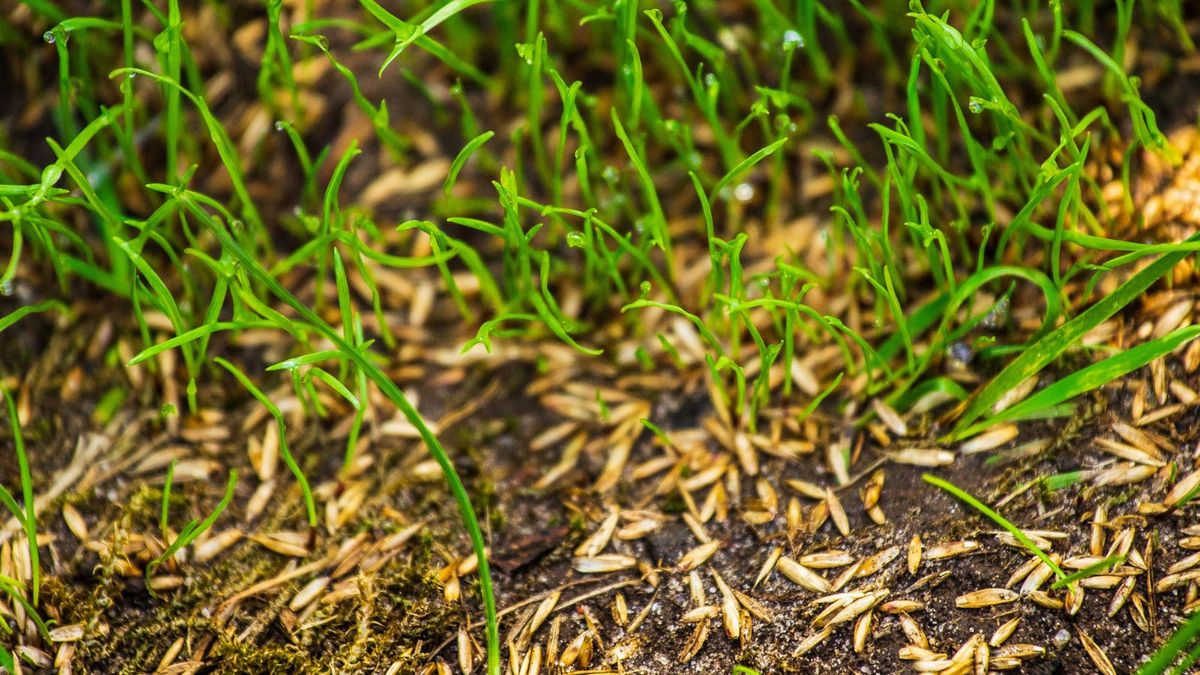

Landscaping Ideas
When Is The Best Time To Overseed Bermuda Grass
Modified: February 18, 2024
Discover the ideal timing for overseeding Bermuda grass in your landscaping plans. Explore effective landscaping ideas to enhance your lawn with lush, vibrant growth.
(Many of the links in this article redirect to a specific reviewed product. Your purchase of these products through affiliate links helps to generate commission for Storables.com, at no extra cost. Learn more)
Introduction
Introduction
Bermuda grass is a popular choice for lawns due to its resilience and ability to thrive in various climates. However, even the most robust grass can benefit from a little extra care to maintain its lush, green appearance. One effective method to ensure a healthy and vibrant Bermuda grass lawn is through overseeding. Overseeding involves planting grass seed directly into existing turf, which can help fill in bare patches, improve density, and enhance the overall aesthetic of the lawn.
In this comprehensive guide, we will delve into the best practices for overseeding Bermuda grass, focusing on the optimal timing for this essential lawn care task. By understanding the nuances of Bermuda grass and the benefits of overseeding, you can elevate the health and beauty of your lawn while ensuring its long-term vitality. Whether you are a seasoned lawn care enthusiast or a beginner looking to enhance your landscaping skills, this article will provide valuable insights into the best time to overseed Bermuda grass, empowering you to make informed decisions and achieve stunning results.
Understanding Bermuda Grass
Key Takeaways:
- Overseeding Bermuda grass during late spring or early summer promotes lush, resilient lawns by allowing new grass seed to establish before harsh environmental stressors.
- Avoid overseeding Bermuda grass during its dormant phase in late fall and winter to maximize successful seed germination and integration with existing turf.
Read more: When Is The Best Time To Seed Bermuda Grass
Understanding Bermuda Grass
Bermuda grass, scientifically known as Cynodon dactylon, is a warm-season grass that is prized for its durability and adaptability. It is commonly found in lawns, golf courses, and athletic fields due to its ability to withstand heavy foot traffic and its resilience in hot, arid climates. This grass variety is characterized by its fine texture, vibrant green color, and rapid growth, making it a popular choice for homeowners and landscapers alike.
One of the key attributes of Bermuda grass is its aggressive spreading nature, which allows it to quickly fill in bare spots and create a dense, uniform turf. This growth pattern, however, can lead to the formation of thatch, a layer of organic debris that accumulates at the base of the grass. While a moderate thatch layer can benefit the lawn by providing insulation and moisture retention, excessive thatch can hinder nutrient absorption and water penetration, leading to a decline in overall lawn health.
Additionally, Bermuda grass is known for its high tolerance to drought and heat, making it well-suited for regions with scorching summers and limited rainfall. Its deep root system enables it to access water stored in the soil, allowing it to remain green and vibrant even during extended periods of dry weather. Furthermore, Bermuda grass exhibits excellent recovery capabilities, quickly bouncing back from stressors such as heavy use or environmental challenges.
Understanding the unique characteristics of Bermuda grass is essential for effective lawn care, as it allows homeowners and landscapers to tailor maintenance practices to the specific needs of this grass variety. By gaining insight into Bermuda grass’s growth habits, resilience, and potential challenges, individuals can develop a proactive approach to nurturing a healthy and attractive lawn.
Benefits of Overseeding Bermuda Grass
Benefits of Overseeding Bermuda Grass
Overseeding Bermuda grass offers a multitude of advantages that contribute to the overall health and appearance of the lawn. By strategically introducing new grass seed into the existing turf, homeowners and landscapers can address common issues, enhance the density of the lawn, and promote long-term resilience. Understanding the benefits of overseeding is pivotal in maintaining a vibrant and robust Bermuda grass lawn.
- Fill in Bare Patches: Over time, Bermuda grass lawns may develop thin or bare areas due to factors such as foot traffic, pet activity, or environmental stress. Overseeding provides an opportunity to fill in these patches, resulting in a more uniform and visually appealing lawn surface. The new grass seed germinates and establishes itself, effectively addressing areas with sparse vegetation and promoting a lush, consistent turf.
- Enhance Density: A denser lawn not only looks more luxurious but also offers practical benefits such as weed suppression and erosion control. Overseeding contributes to increased turf density, creating a thick carpet of grass that can outcompete undesirable weeds and minimize soil erosion. This enhanced density also improves the lawn’s ability to withstand wear and tear, making it an ideal choice for high-traffic areas.
- Introduce New Varieties: Over time, environmental conditions and evolving pest pressures may impact the performance of existing Bermuda grass cultivars. By overseeding with newer, improved varieties, homeowners can introduce genetic diversity into the lawn, potentially enhancing disease resistance, color vibrancy, and overall resilience. This proactive approach to lawn care can help future-proof the turf against emerging challenges.
- Revitalize Aging Lawns: Older Bermuda grass lawns may exhibit signs of decline, such as reduced vigor, patchy growth, or diminished color. Overseeding presents an opportunity to breathe new life into aging lawns, rejuvenating their appearance and vitality. By infusing fresh grass seed into the existing turf, homeowners can kickstart the rejuvenation process, leading to a more youthful and vibrant lawn.
- Seasonal Adaptation: Bermuda grass is known for its seasonal growth patterns, thriving during the warm months and experiencing dormancy in cooler temperatures. By overseeding at strategic times, such as transitioning from summer to fall, homeowners can introduce grass varieties that excel in cooler conditions, ensuring year-round color and resilience.
By leveraging the benefits of overseeding, homeowners and landscapers can proactively address common lawn challenges, improve the overall aesthetics, and fortify the resilience of their Bermuda grass lawns. This essential practice serves as a cornerstone of effective lawn care, contributing to long-term sustainability and visual appeal.
Factors to Consider Before Overseeding
The best time to overseed Bermuda grass is in late spring or early summer when the soil temperature is consistently above 65°F. This allows the seeds to germinate and establish before the hot summer months.
Factors to Consider Before Overseeding
Before embarking on the process of overseeding a Bermuda grass lawn, it is essential to carefully evaluate several key factors that can influence the success of this endeavor. By considering these critical aspects, homeowners and landscapers can make informed decisions and implement a targeted approach to achieve optimal results.
- Soil Preparation: Assessing the condition of the soil is paramount before overseeding. Compacted or nutrient-deficient soil can impede seed germination and hinder the establishment of new grass. Conducting a soil test to determine pH levels and nutrient content can guide the application of appropriate soil amendments, ensuring an optimal growing environment for the new grass seed.
- Thatch Management: Addressing excessive thatch accumulation is crucial before overseeding. Thick thatch layers can create a barrier that prevents grass seed from reaching the soil and obtaining the necessary moisture for germination. Utilizing dethatching equipment or core aeration can help reduce thatch and promote seed-to-soil contact, facilitating successful germination and establishment.
- Timing and Weather Conditions: Selecting the right time for overseeding is pivotal for maximizing the success of the endeavor. Ideally, overseeding Bermuda grass should align with the period of active growth and favorable weather conditions. Avoid overseeding during extreme heat or drought, as well as during the grass’s dormant phase, to optimize seed germination and establishment.
- Grass Variety Selection: Choosing high-quality grass seed that is well-suited to the local climate and growing conditions is essential for achieving robust, resilient turf. Consider factors such as sun exposure, soil type, and water availability when selecting grass varieties, ensuring compatibility with the existing Bermuda grass and the specific needs of the lawn.
- Watering and Maintenance: Adequate moisture is critical for the successful establishment of new grass seed. Develop a watering schedule that provides consistent moisture without causing waterlogging, promoting healthy germination and early growth. Additionally, adjusting mowing heights and minimizing foot traffic on newly overseeded areas can support the establishment of the young grass plants.
By carefully evaluating these factors and addressing any underlying issues, homeowners and landscapers can set the stage for a successful overseeding project, laying the groundwork for a vibrant and resilient Bermuda grass lawn. Taking a proactive and strategic approach to these considerations can significantly enhance the effectiveness of the overseeding process, resulting in a lush, healthy, and visually stunning lawn.
Best Time to Overseed Bermuda Grass
Best Time to Overseed Bermuda Grass
Timing plays a pivotal role in the success of overseeding Bermuda grass, as it directly impacts seed germination, establishment, and the overall vigor of the lawn. By aligning the overseeding process with the optimal timing, homeowners and landscapers can maximize the potential for successful results and ensure the long-term health and beauty of their Bermuda grass lawns.
The best time to overseed Bermuda grass is during its peak growing season, which typically occurs in late spring or early summer when soil temperatures are consistently warm and conducive to seed germination. This timeframe allows the new grass seed to establish and develop robust root systems before the onset of harsh environmental stressors, such as extreme heat or drought. Additionally, overseeding during the active growth phase of Bermuda grass promotes seamless integration of the new seed with the existing turf, resulting in a lush and uniform lawn surface.
Another opportune period for overseeding Bermuda grass is during the transition from summer to fall. As temperatures begin to moderate and periods of rainfall become more frequent, the conditions become increasingly favorable for successful seed germination and establishment. Overseeding during this transitional phase allows the young grass plants to take advantage of the waning summer warmth while preparing for the cooler autumn months, ultimately promoting resilience and longevity.
It is important to avoid overseeding Bermuda grass during its dormant phase, which typically occurs in late fall and winter. Attempting to introduce new grass seed during this period is unlikely to yield favorable results, as the grass is not actively growing, and soil temperatures may not support optimal germination. By respecting the natural growth cycles of Bermuda grass and selecting the appropriate timing for overseeding, homeowners can harness the full potential of this essential lawn care practice.
Furthermore, monitoring local weather patterns and soil conditions is crucial when determining the best time to overseed Bermuda grass. Avoid overseeding during periods of extreme heat, drought, or heavy rainfall, as these conditions can impede seed germination and compromise the establishment of new grass. By selecting a window of opportunity characterized by moderate temperatures and consistent moisture, homeowners can create an ideal environment for successful overseeding.
By leveraging the optimal timing for overseeding Bermuda grass, homeowners and landscapers can set the stage for a vibrant, resilient, and visually captivating lawn. This strategic approach to timing aligns with the natural growth patterns of Bermuda grass, ensuring that the new seed can flourish and integrate seamlessly with the existing turf, ultimately leading to a lush and healthy lawn that enhances the overall appeal of the outdoor space.
Conclusion
Conclusion
Overseeding Bermuda grass is a valuable practice that offers numerous benefits, ranging from enhancing the density and resilience of the lawn to revitalizing its overall appearance. By understanding the unique characteristics of Bermuda grass and the optimal timing for overseeding, homeowners and landscapers can elevate the health and beauty of their lawns, creating lush, vibrant outdoor spaces that are a source of pride and enjoyment.
Through the process of overseeding, individuals have the opportunity to address common lawn challenges, such as bare patches, thinning turf, and seasonal transitions, while promoting the long-term sustainability of their Bermuda grass lawns. By strategically introducing new grass seed at the right time and under favorable conditions, homeowners can nurture a dense, resilient turf that withstands environmental stressors and maintains its visual allure throughout the year.
Furthermore, careful consideration of factors such as soil preparation, grass variety selection, and weather conditions can significantly enhance the success of overseeding projects, setting the stage for robust and enduring results. By proactively addressing these critical elements, individuals can create an optimal environment for new grass seed to germinate, establish, and integrate seamlessly with the existing Bermuda grass, ultimately leading to a cohesive and visually stunning lawn.
As homeowners and landscapers embrace the best practices for overseeding Bermuda grass, they embark on a journey toward cultivating outdoor spaces that exude natural beauty and vitality. By aligning with the peak growing seasons and respecting the growth cycles of Bermuda grass, individuals can harness the full potential of overseeding, resulting in lush, resilient lawns that serve as inviting extensions of the home.
In conclusion, overseeding Bermuda grass represents a cornerstone of effective lawn care, offering a pathway to vibrant, healthy, and visually captivating outdoor environments. By embracing the insights and best practices outlined in this guide, individuals can embark on a rewarding journey of nurturing and enhancing their Bermuda grass lawns, ultimately reaping the rewards of a lush, resilient, and aesthetically pleasing landscape.
Frequently Asked Questions about When Is The Best Time To Overseed Bermuda Grass
Was this page helpful?
At Storables.com, we guarantee accurate and reliable information. Our content, validated by Expert Board Contributors, is crafted following stringent Editorial Policies. We're committed to providing you with well-researched, expert-backed insights for all your informational needs.
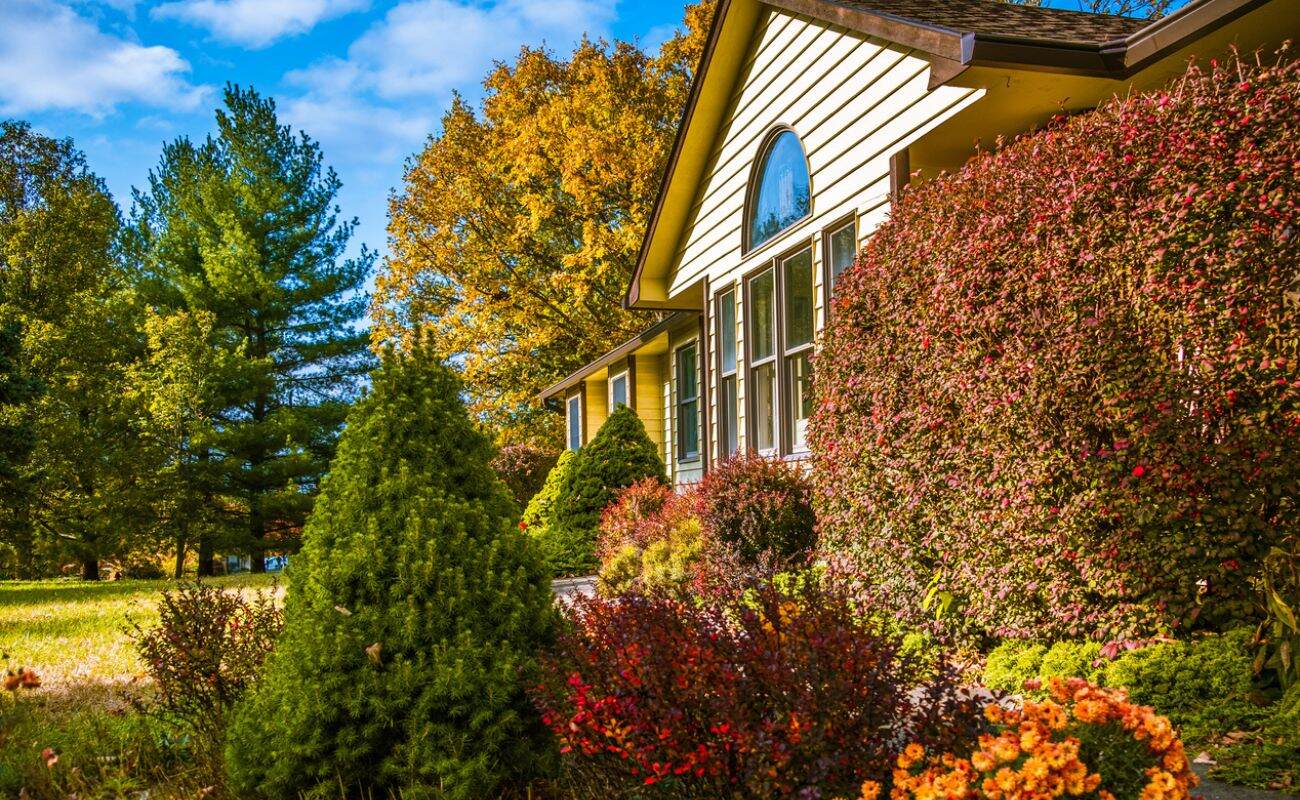
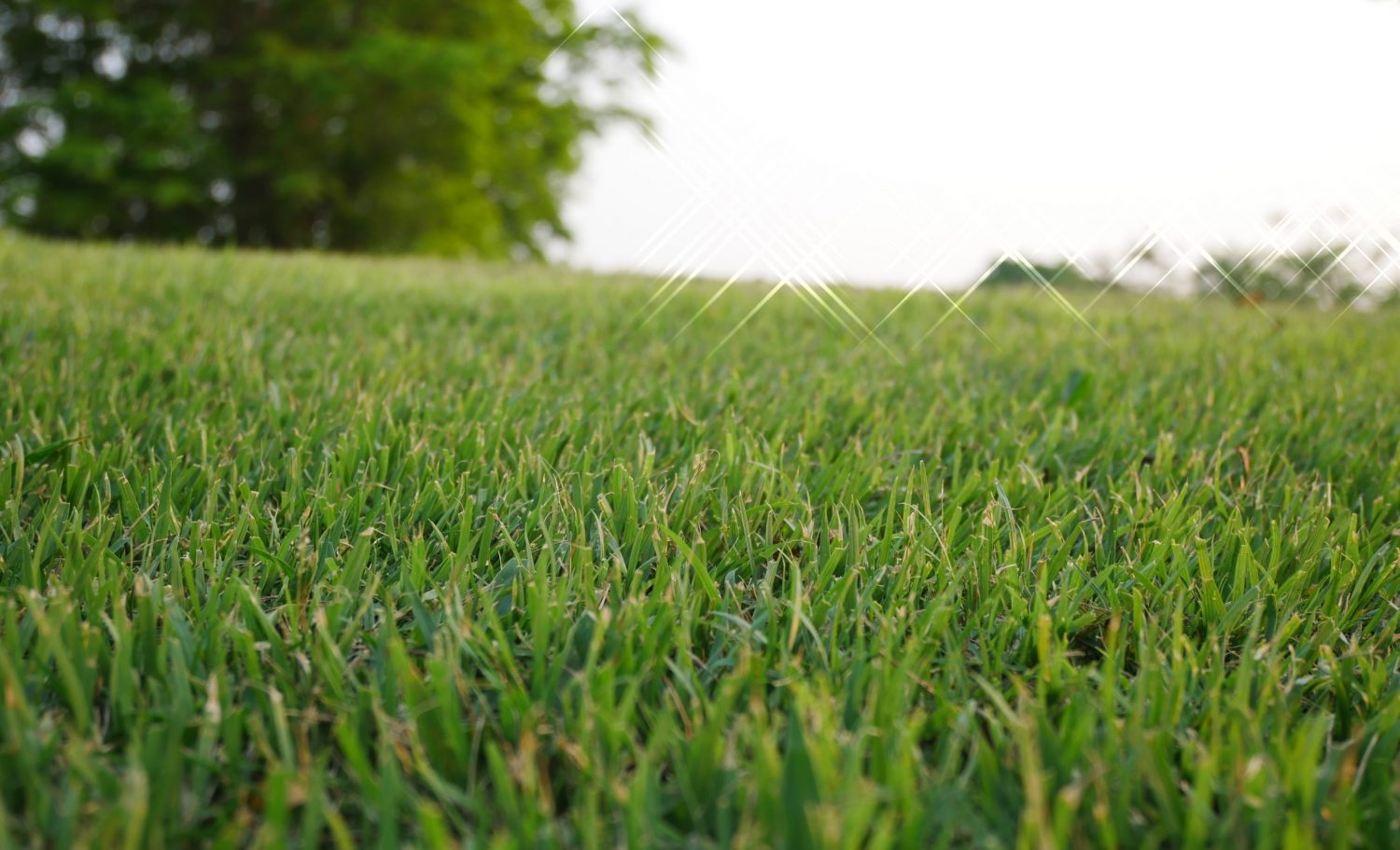
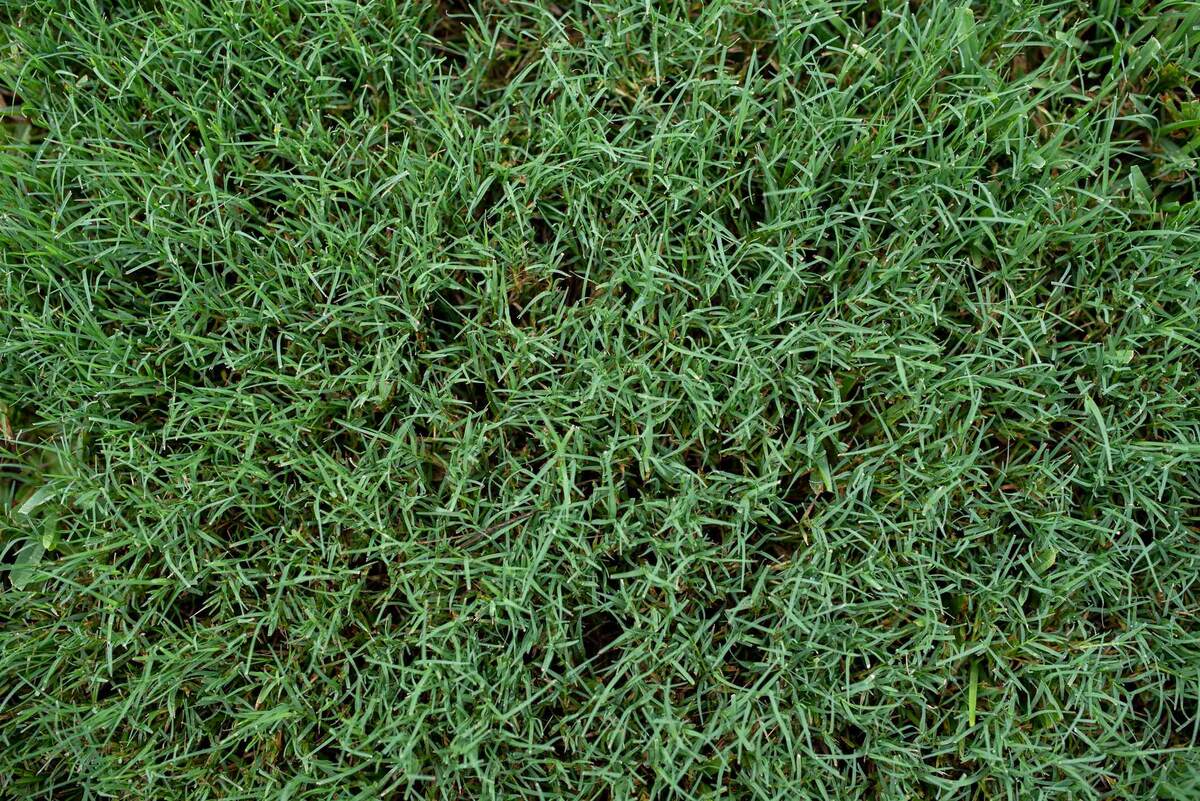
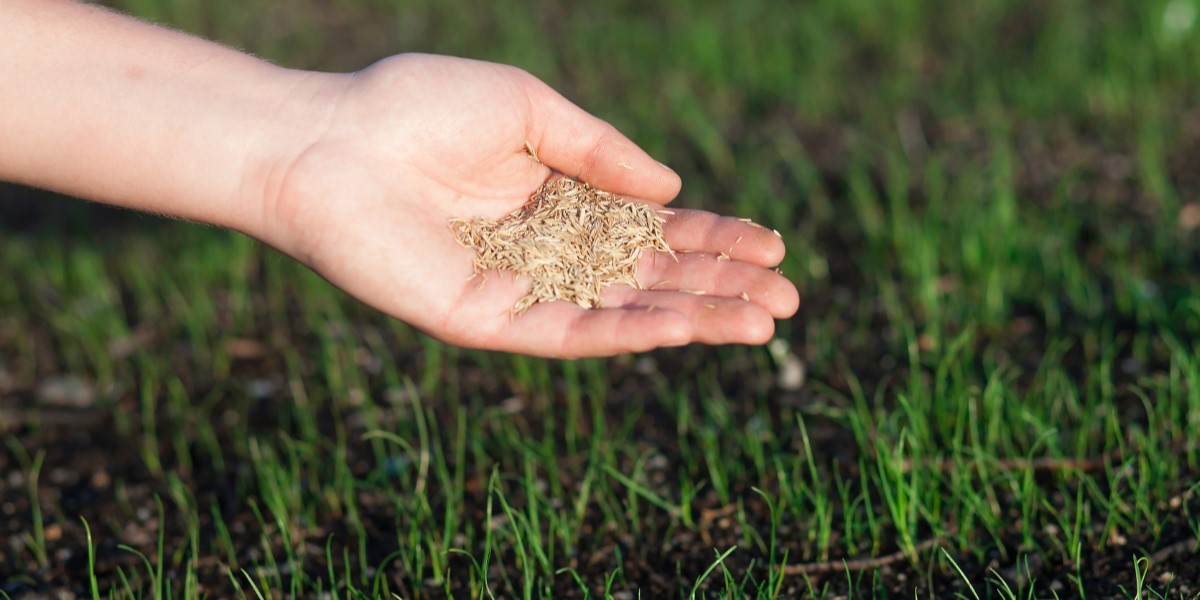
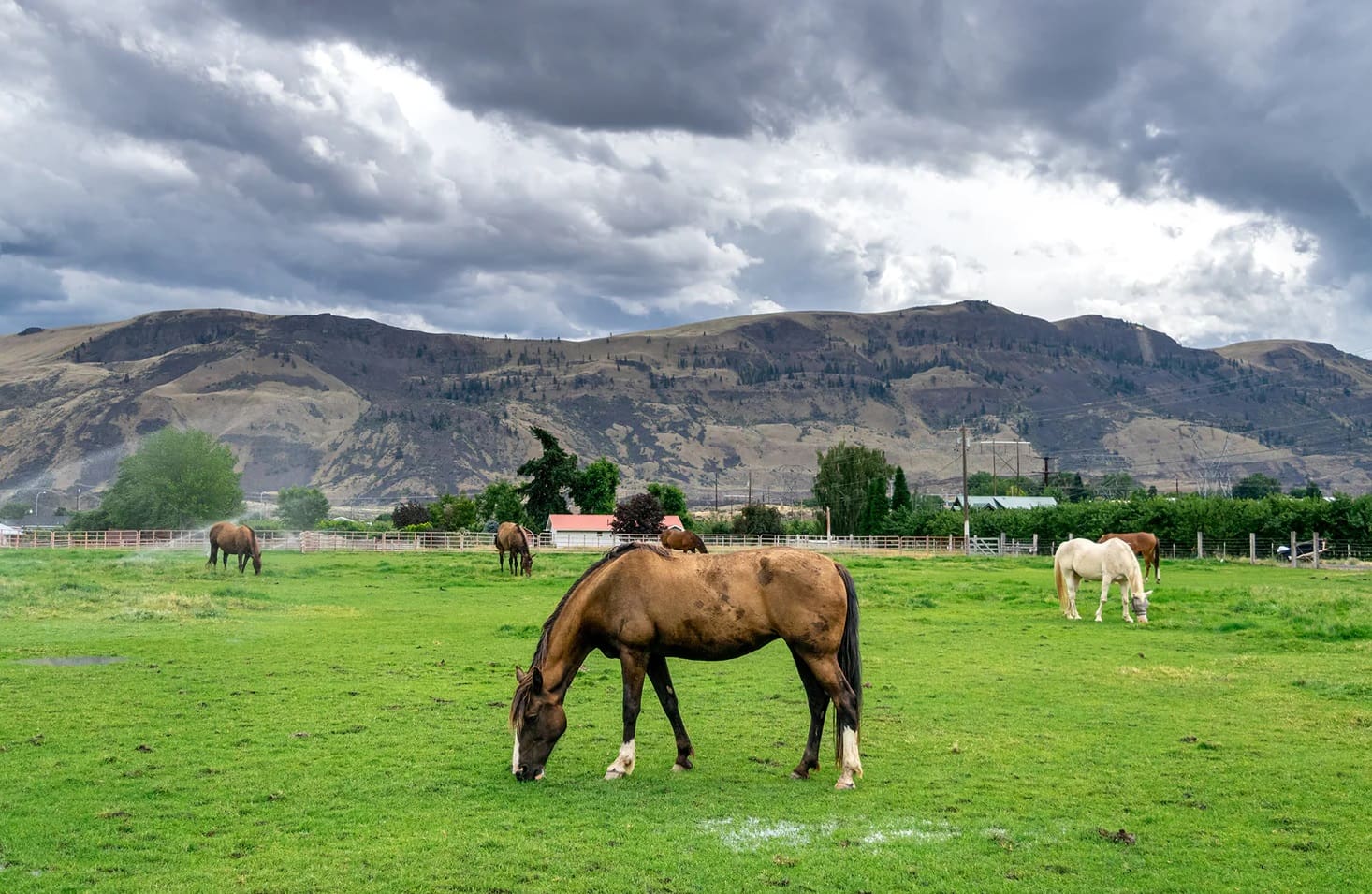
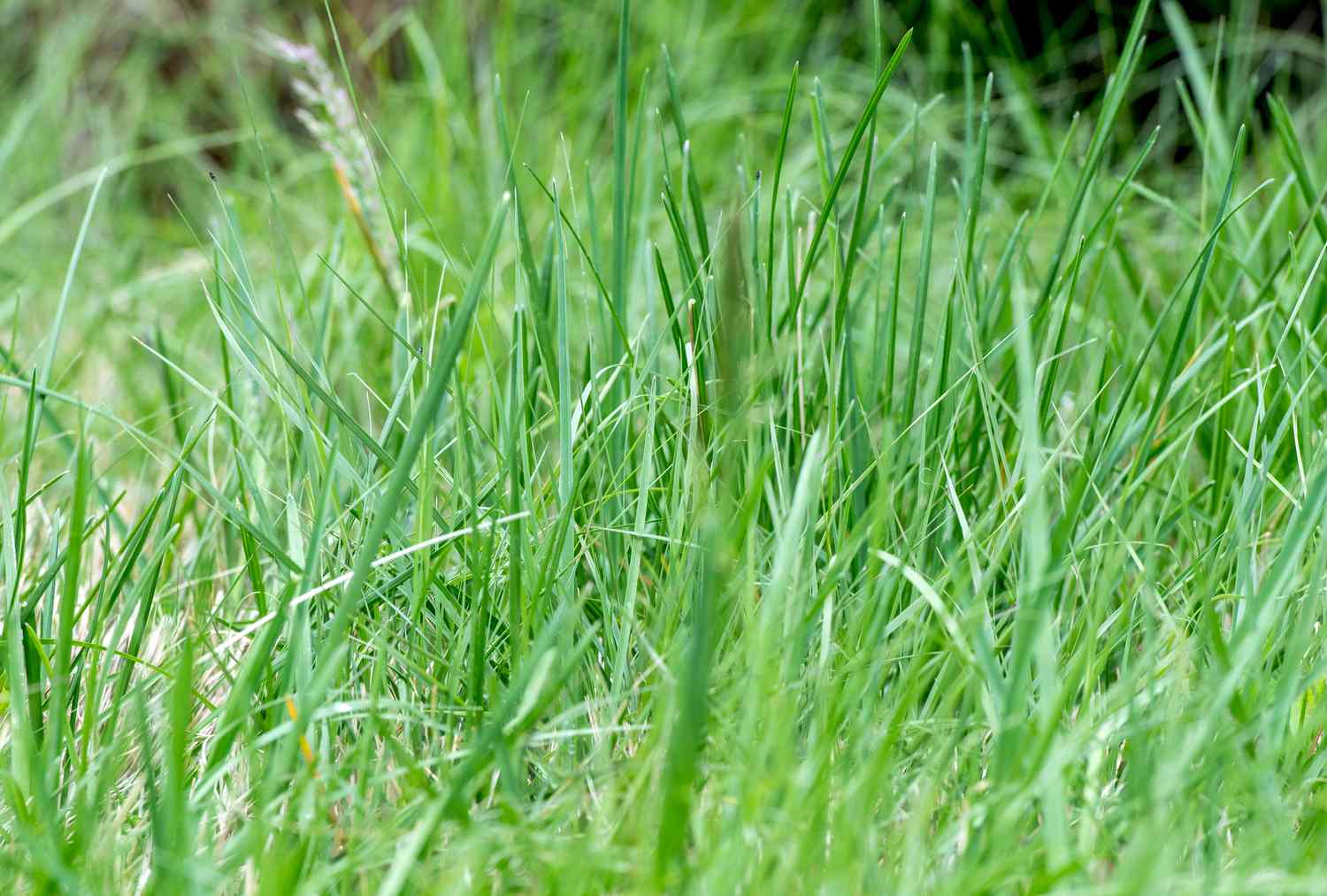
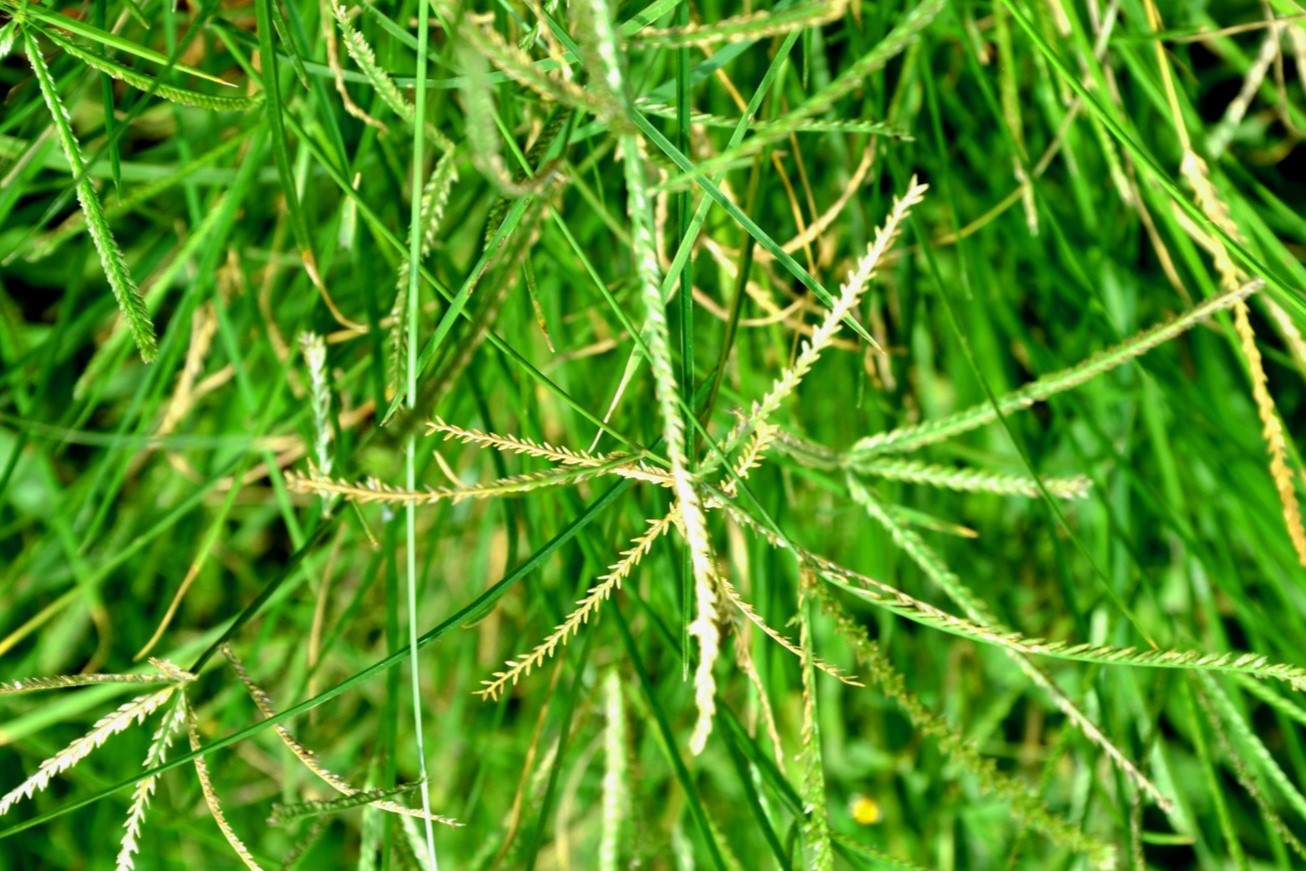
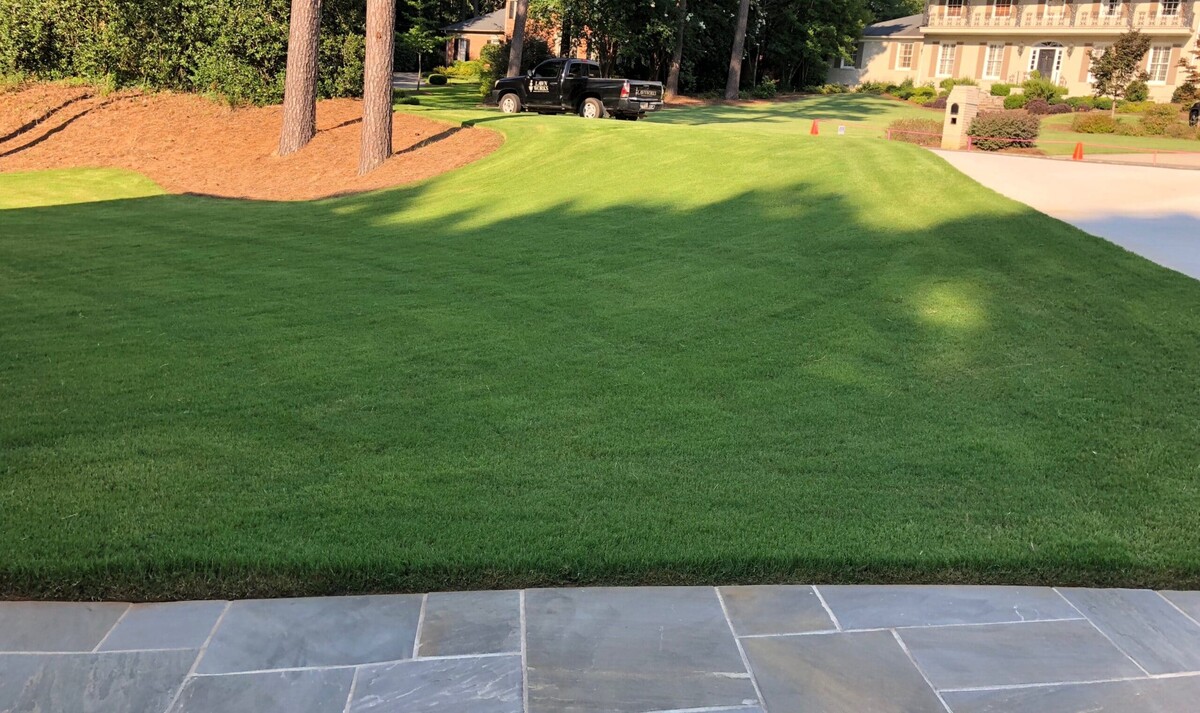
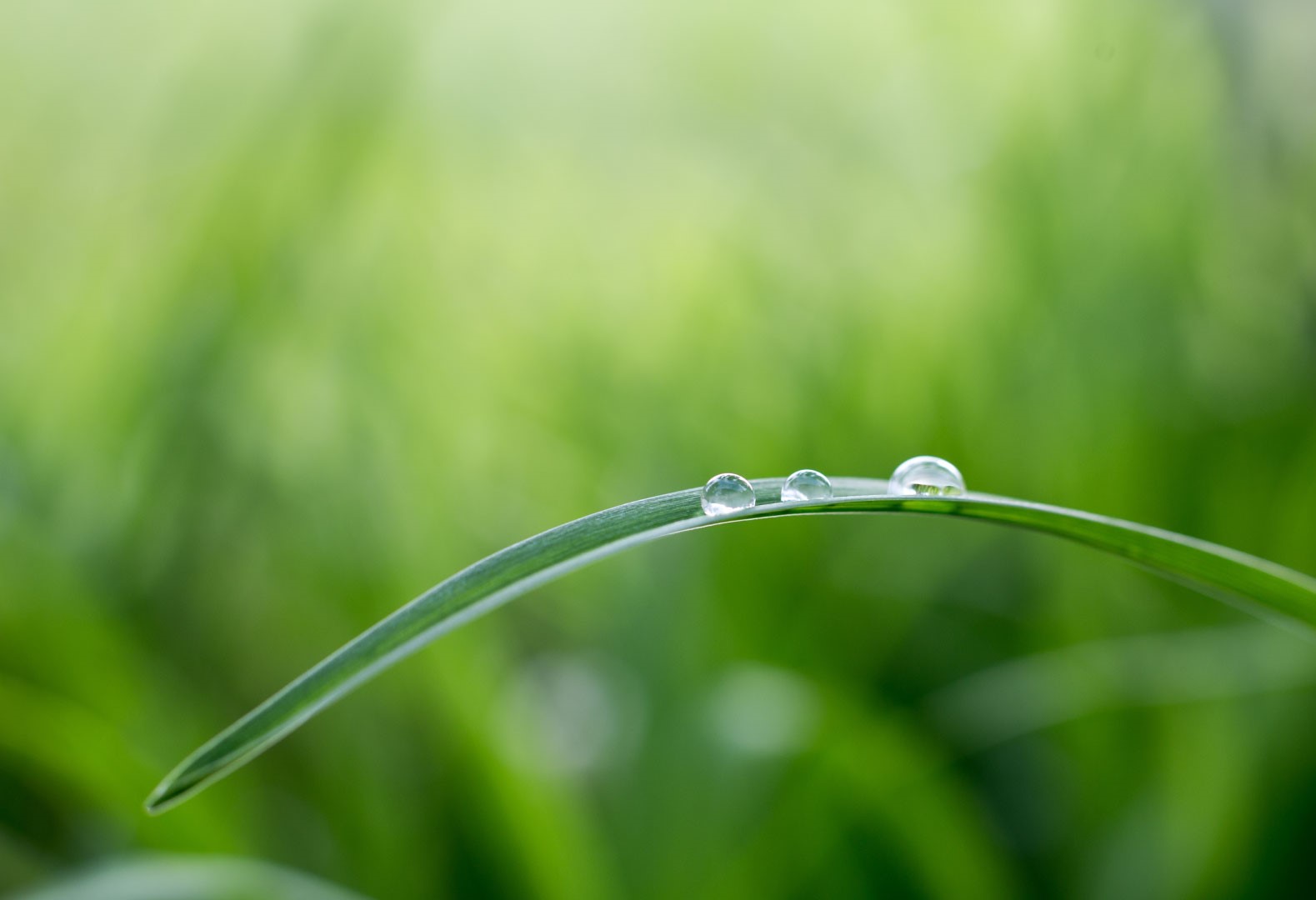
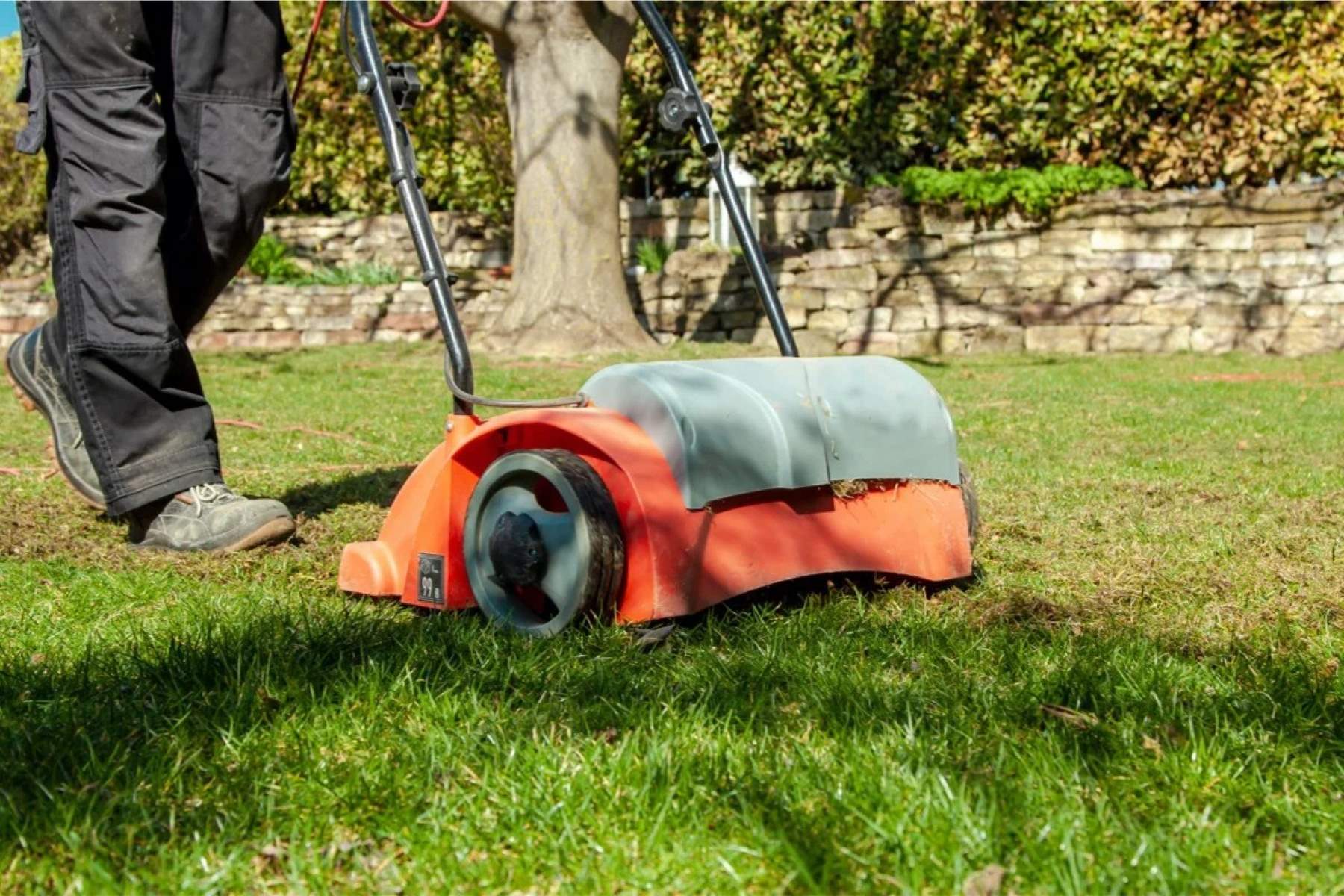
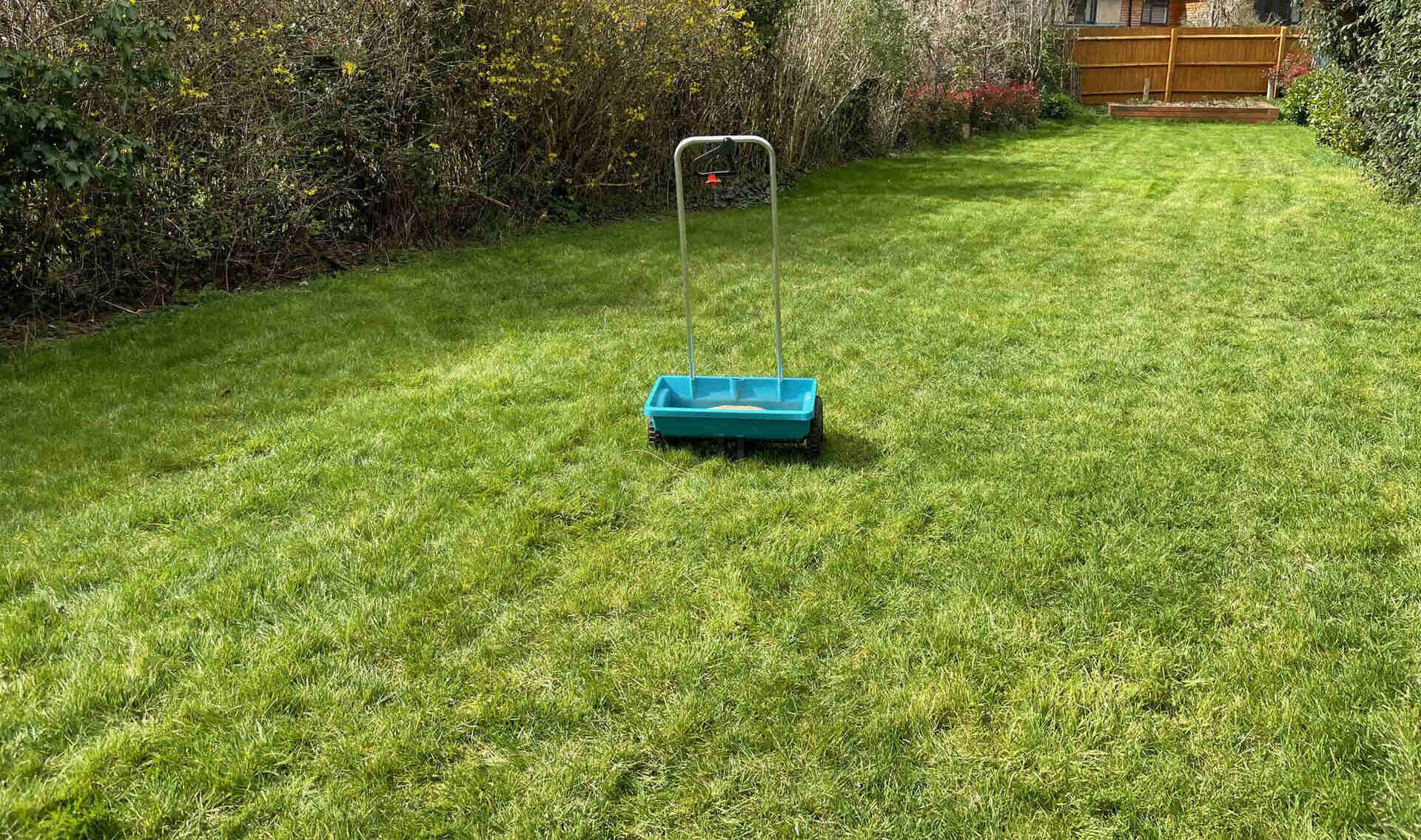
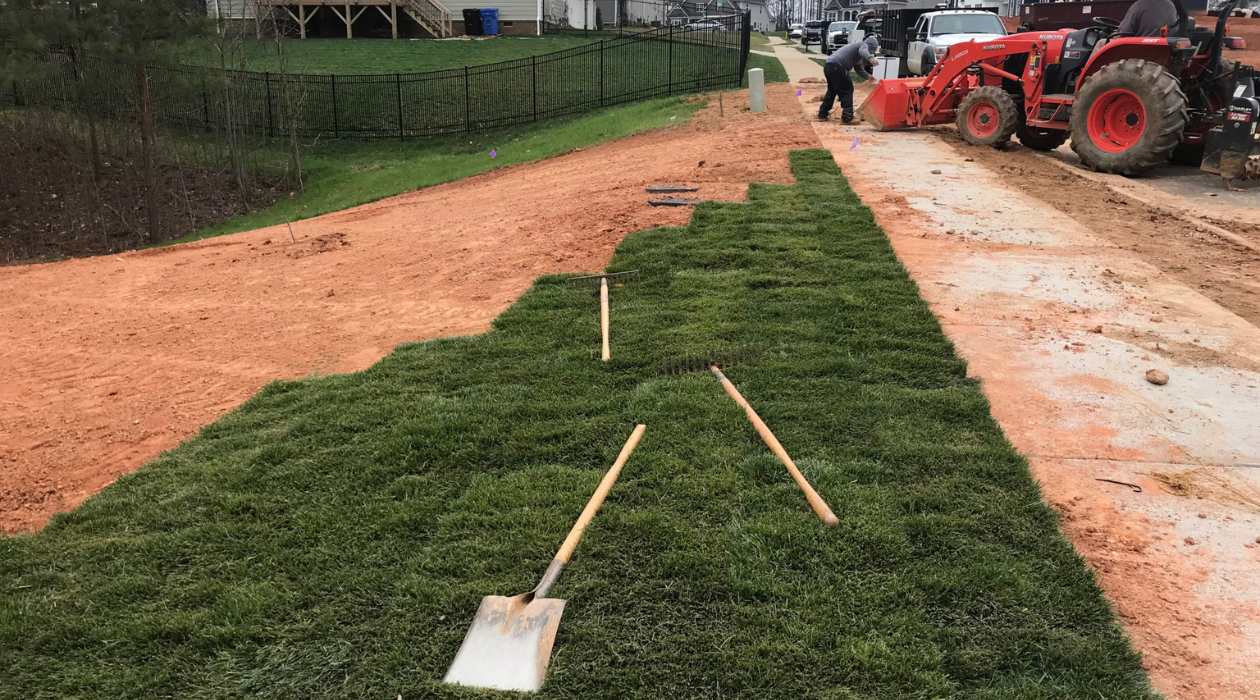
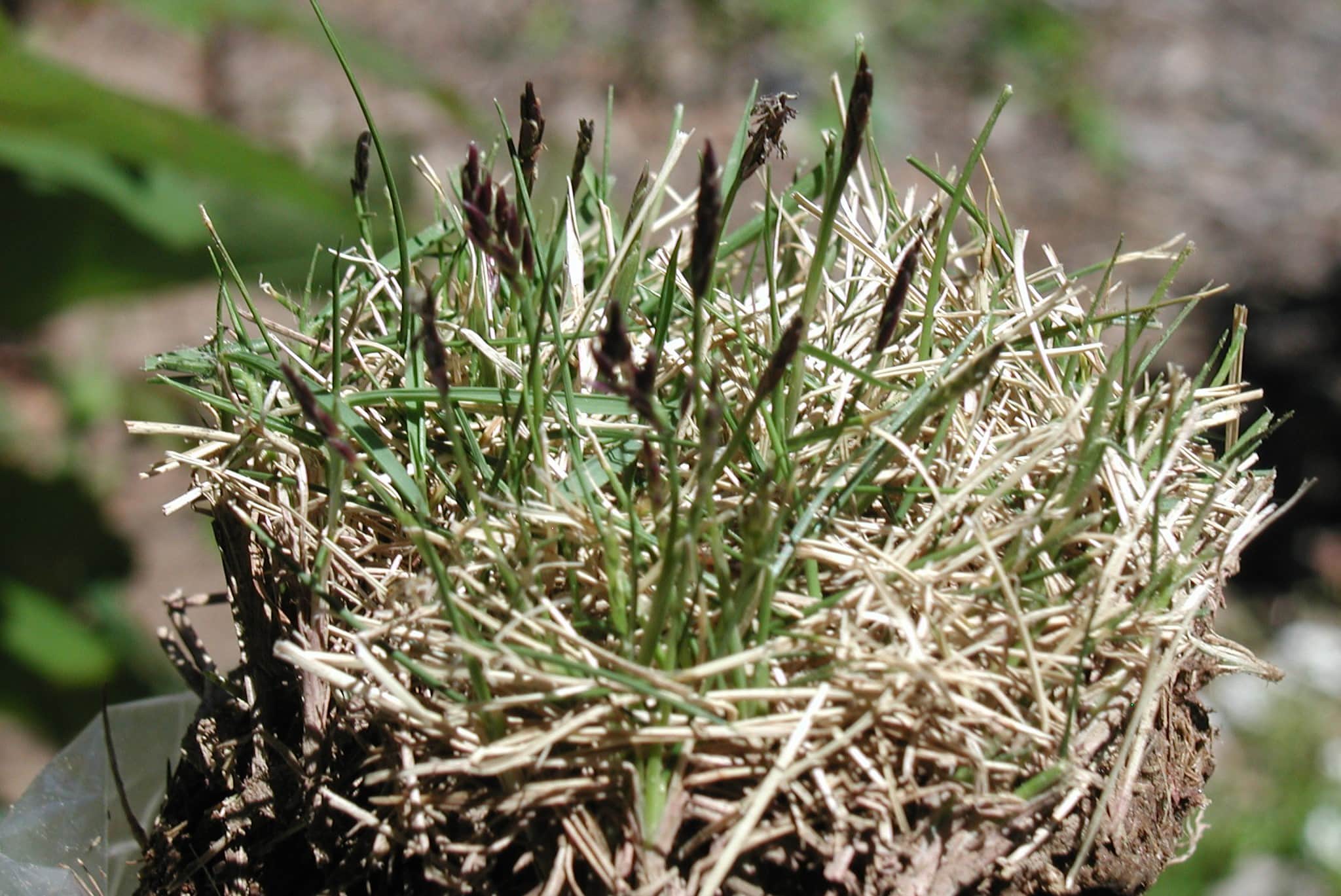
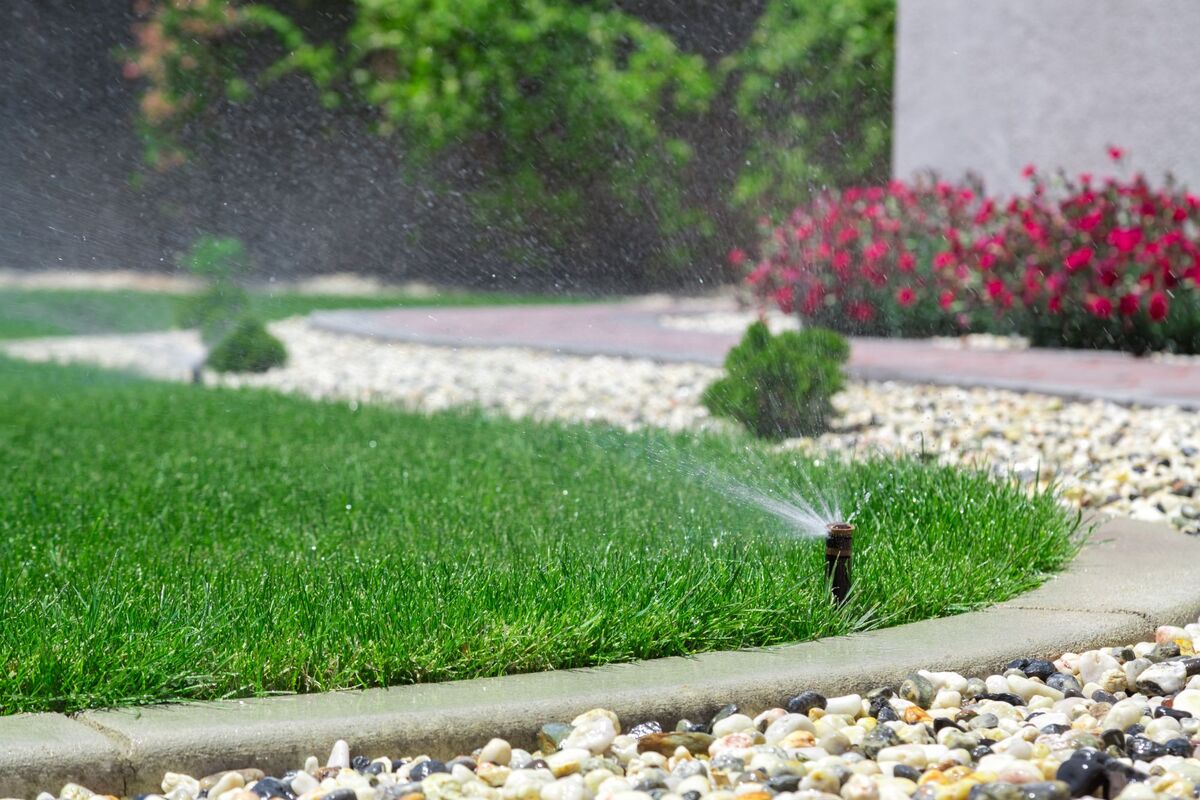

0 thoughts on “When Is The Best Time To Overseed Bermuda Grass”